Introduction
On July 17, 2024 JBL unveiled a new line of modern audio components and home loudspeakers designed for the next generation of home theater and music lovers. We were at the product launch event and got extended listening sessions the following day at JBL Headquarters in Northridge California.
What was Announced?
In total JBL announced 14 new products, which include five new MA Series A/V receivers and eight Stage 2 loudspeakers (2 stand-mounts, 2 floorstanders, 2 subwoofers, 1 center, 1 height speaker) and a set of matching speaker stands. All items can be mixed-and-matched to create a basic stereo system (from $700) up to a 9.2-channel surround sound system (~$5,000) along with many options in between.
Although the products can be purchased individually, the combos offer a simple way to build a stereo or surround sound system. The MA Receivers function as the control units with Bluetooth wireless built-in for streaming music. Simply pair with your phone and connect any Stage 2 speakers, and you’ll be listening to music in seconds. Or connect a HDMI cable from your TV to get Dolby Atmos spatial audio with even more speakers connected.
In addition, the top three MA Receivers have a phono input for connecting a turntable such as JBL’s previously announced Spinner BT Turntable ($399).


JBL specifically voiced matching sets of components and speaker together to maximize performance, which is practically unheard of at entry-level price points from the same brand. That’s a big deal, and takes the guesswork out of equipment matching so JBL customers can be confident they’ll hear exactly what was intended.
Affordability and simplicity were key factors in launching this affordable lineup. However, their contemporary design truly makes these products standout from the competition — especially the white option. JBL labels that the latte finish (white/gray with light wood), while the black/dark wood option is aptly named espresso. Although caffeine isn’t included, JBL’s potent pairings will get your blood racing — and that’s a good thing!

Who is it for?
The JBL MA Receiver and Stage 2 loudspeaker combo are aimed at first-time hi-fi or home theater system buyers. They’re essentially designed as a soundbar alternative (or upgrade), while also appealing to those overwhelmed by the complexity of audio system building.
At the upper end of the range, JBL also hopes to attract performance minded A/V enthusiasts with the capability of building a full fledged multi-channel audio system at prices that won’t break the bank.
Ultimately, the new line delivers a modern and minimalistic aesthetic, which not only complements many more living spaces but is easy to use as well.

Initial Impressions
To put it mildy, I was simply stunned by JBL’s MA Receivers — especially the white version. They not only look gorgeous, but immediately stand out in a crowded AVR market of black boxes. JBL’s new A/V Receivers look like something Apple might design. No detail was overlooked, including the AVRs small remote which resembles that from an AppleTV.

Whether choosing espresso (black) or latte (white) the JBL MA Receiver and Stage 2 loudspeakers really do visually match, including subtle design touches. Both the AVR and speakers have an overhanging faceplate that may not be obvious from the photos. Also, the black versions cleverly conceal hints of JBL’s trademark orange color if you look closely.
It’s clear JBL put a lot of effort into industrial design and it shows. Nothing about the products look cheap, despite being offered at entry-level price points. That could be because they were engineered by Harman’s Luxury Audio division which usually designs JBL’s much pricier product range.
JBL had to deliver something head turning. And I think they have.

What we heard?
We got to hear everything over two days, except the two least expensive AVRs (MA310 & MA510) and the smallest bookshelf speakers (240B). The launch event at the Hollywood Roosevelt Hotel gave us exposure to the bookshelf speakers. The following day we heard the floorstanding speakers in three separate acoustically treated listening rooms at Harman’s Headquarters in Northridge, California. Two systems were Dolby Atmos home theaters, while a third was dedicated to two-channel music.
Spoiler: the performance gap from the least to most expensive models is narrower than one might think.

At the launch event on the rooftop penthouse at The Hollywood Roosevelt Hotel about 100 press were in attendance. It was a party atmosphere, and not what you would call ideal listening conditions. Nonetheless, JBL had the larger bookshelf speakers (model 250B, $399/pair) paired with the middle-of-the-pack MA710 AVR ($799) placed on a console.
They were spinning vinyl with JBL’s Spinner BT Turntable and streaming via Bluetooth in that room, which had us intrigued by the performance from a $1,200 stereo system ($1,600 including turntable).
Although there was plenty of conversations in the room, I was still able to notice how evenly the music sounded from various locations as I meandered around the room.

Across the other end of the Penthouse, the same bookshelf speakers and step-up MA7100HP ($1,199) AVR were used in a 5.1 home theater setup ($3,800 system) with center, rear surrounds and subwoofer. Clips from Top Gun and A Star is Born were playing, while a crowd hovered at the adjacent bar waiting for an open seat on the couch. Nevertheless, the system showed potential, especially with Lady Gaga’s voice slicing through the chatter.
However, it wasn’t until the following day that I really got to sit down and listen at Harman’s Headquarters.

Listening Notes
Since JBL’s Stage 2 loudspeakers share the same tweeter, HDI waveguide and woofer architecture, the speaker range sounds more similar than different. Yes, the bigger speakers offer deeper bass, but all the speakers cast such a wide soundstage that you don’t have to be in the sweetspot to hear great sound.
Since we suspect Swifties (no judgement) could be drawn to JBL’s new line, I made sure to listen Taylor Swift’s new album. In addition, I queued up my favorite tracks from Imagine Dragon’s new album Loom (sound clip on Instagram). In both cases music had my toes tapping with punchy mids and highs that never got too bright.
Interestingly, Taylor’s voice had a more forward presentation, whereas Dan’s voice shifted behind the speakers. However, accompanying instruments painted an impressively wide soundstage across the front of the room.

For movies, scenes from Dune 2 and Guardians of the Galaxy 2 clearly demonstrated performance levels well beyond what soundbars can offer. In separate rooms we heard a 5.1.2 system ($3,400) with the smaller floorstander/sub combo, and a 7.2.2 system ($4,500) with the top-of-the-line models paired with JBL’s Stage 2 architectural in-wall and in-ceiling speakers. Of course, the flagship system delivered deeper bass and a more enveloping experience, yet we know it won’t fit everyone’s budget. Nevertheless, it sets a very high benchmark for affordable home theater performance.

When hearing the less expensive 5.1.2 system ($3,400) with the smaller floorstanders/subwoofer (260F/200P) I didn’t feel a huge let down. In fact, I thought it actually sounded better even though there was less overall bass.
I heard more clarity in the midrange and tighter bass that made it especially more enjoyable with music. However, I will concede system setup and room acoustics could have played a factor since I was comparing systems across different rooms/sizes.

The two-channel listening room had the larger floorstanders/subwoofer (280F/220P) paired with a MA7100HP Receiver. All together the system costs $3,000 (or $3,400 with turntable) and was streaming music via Roon or playing records on JBL’s Spinner BT. For music this system is guaranteed to be a crowd pleaser. It offered a very detailed and wide presentation that carried over many attributes I heard from the lower priced systems — just with more bass and oomph.
After the press tours concluded, I got some private listening time with all three floorstanding systems where I got to fiddle with settings and attempt to gauge what influence the AVRs and subwoofers had. The subwoofers were easiest to notice when off/on by their extra layer of low end, but neither will shake you out of your seat. However, they’re each punchier and cleaner than the boomy subwoofers typically included with soundbars.
Although, differences between the subs were subtle enough, that I’m not sure I could pick them apart blindly. On the plus side, they don’t take up much space and blend nicely with Stage 2 loudspeakers.


Like the subwoofers, the MA Receiver maintained linearity across the line and I’d be hard pressed to tell you which was playing without looking. The middle-of-the-line MA710 ($799) hit the sweetspot for me, but those that opt for the more powerful step-up AVRs (HP models which stands for High Performance) get a lightshow feature, color display and more channels of amplification.

Lastly, I stumbled into a 2.0 stereo system for $1,800 that really surprised me. It was in the same 5.1.2 home theater, but I just disabled all the other speakers so I could listen to just the smaller floorstanders (model 260F, $999/pair) with the MA710 Receiver ($799). I re-listened to the same movies and music I had heard earlier, but this time only in stereo and was amazed what I heard. Just these two speakers were able to cast such a wide and spacious soundstage during Dune 2 that it made me question the need for height speakers and even a subwoofer. And even though there was no center speaker either, movie dialogue was still front and center thanks to solid phantom imaging. Ultimately, I could see such a basic stereo system really satisfying first-time buyers. It’s so much better than any soundbar — it’s not even close.
The Competition
There is no shortage a similarly price gear, just be aware mixing-and-matching brands doesn’t always mean they’ll work well (or look as good) together. Maybe you’ll get lucky, but it’s unlikely to be as simple to use or look as cohesive together.
Certainly there are other affordable loudspeakers we like from SVS, ELAC, Focal, Klipsch and Q Acoustics. Meanwhile, Denon’s A/V receivers are overdue for an update, so many models are on sale at Amazon right now. But if you want a white receiver, JBL is really your only option.

Limitations
Entry-level products have to make some sacrifices. The AVRs come with a fewer bells and whistles. The on-screen menu is very basic, but handles common setup needs.
All five MA receivers offer room equalization for optimized sound quality via Harman’s free EZ Set EQ App for Android and iOS. An iPhone’s microphone could be sufficient, but JBL recommends a Dayton Audio iMM-6C USB-C microphone ($39 at Amazon) that’s not included — especially for Android phones. For additional room acoustic calibration needs, the top two AVRs (HP models) support Dirac Live with an extra license fee ($99).
None of the AVRs have touchscreens, but the “HP” models include a larger color display. However, the MA Receivers are about as simple as you can get with two knobs and 5 buttons across the front.
All MA Receivers, except the least expensive one, support Wi-Fi for networked music streaming such as Spotify Connect, TIDAL Connect, Chromecast and AirPlay. And if you look closely at the volume knob it says, “safe to turn beyond 11.”
How cool is that?

What to buy?
Deciding what works for you depends on your room size, preferred use case, and preference for extra bass. For smaller rooms such as second bedrooms or dens, I’d suggest any of the three lowest priced AVRs with either bookshelf speaker. Large living rooms and basements may benefit from the floorstanding models and step-up (HP) receivers. Subwoofers are optional, especially with floorstanders that generate quite a lot of bass on their own.
The Stage 2 home loudspeakers build off JBL’s architectural Stage 2 speaker range which utilize the same tweeter, waveguide and woofers. That means the speaker line is timbre matched to JBL’s in-ceiling and in-wall speakers should the need to expand the system arise.
The main reason get the top models is for larger rooms, higher volume handling and deeper bass. The sweetspot is the middle of the range with either smaller floorstander, larger bookshelf, and middle receiver which deliver the best bang per buck.

Conclusion
JBL’s new MA receivers and Stage 2 loudspeakers offer a refreshing solution to home audio. The combo is exquisitely designed and seamlessly works together to take the guesswork out of audiophile system building. Buyers should expect a high degree of audio performance that not only lives up to JBL’s 78-year heritage, but does so in sleek modern style.
Where to buy
JBL MA Series AV Receivers:
JBL Stage 2 Series Loudspeakers:
- 280F: $1,199/pair per pair (floorstander)
- 260F: $999 per pair (floorstander)
- 250B: $399 per pair (bookshelf)
- 240B: $299 per pair (bookshelf)
- 240H: $299 per pair (height)
- 245C: $399 each (center)
- 200P: $499 each (subwoofer)
- 220P: $599 each (subwoofer)





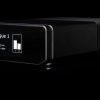
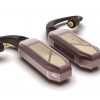
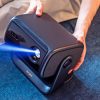
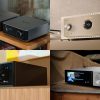
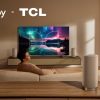
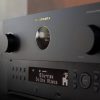
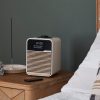

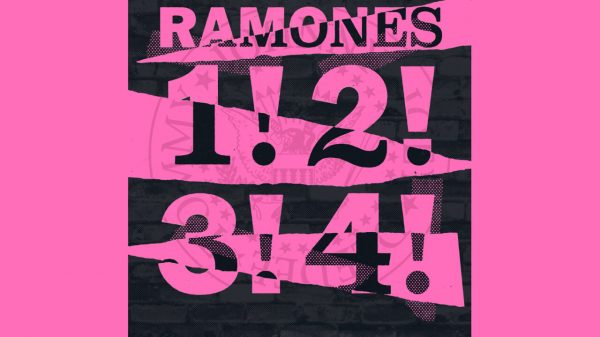
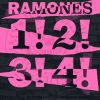



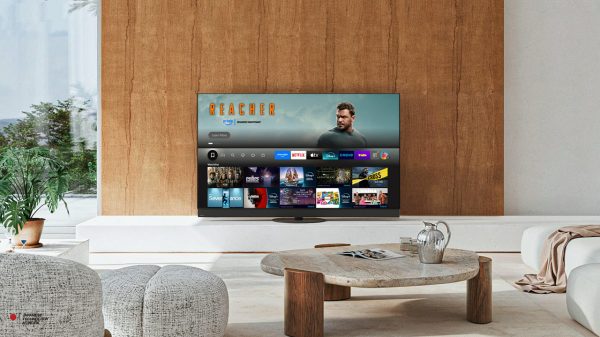
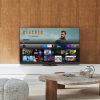

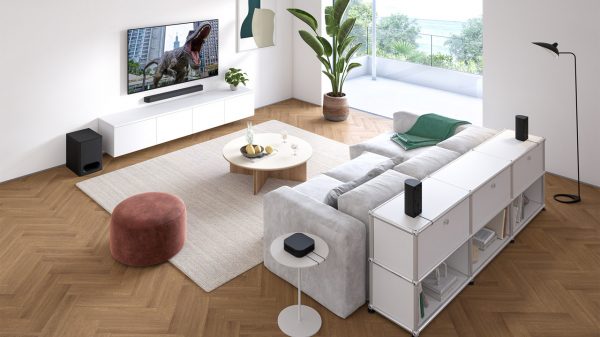
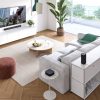
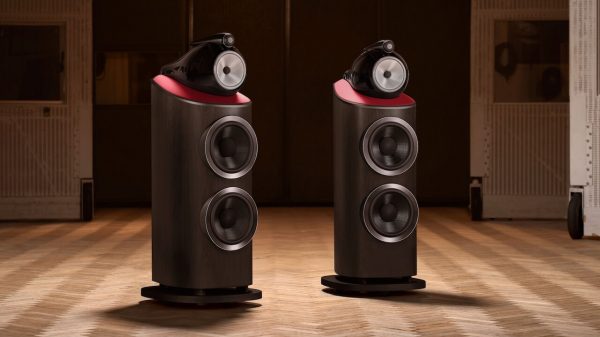














ORT
August 23, 2024 at 11:39 pm
I must say that the “latte” finish is very nice. The speakers themselves also look good and to my eyes, very traditional in appearance. I would call it “Mid ’60 Hip”. Very nice.
And now because I suspect it is expected of me I shall present my latest Portmateau. “Sophomoronic” – Childishly, albeit somewhat entertaingly so, stooooopid. 😉
Some might lay claim to that describing my writing. They are not altogether incorrect as I delight in being if not juvenile then at least mildly mature.
I long to be as good as Jonathan Swift but I am not even a Tom Swift althought I came close as I once had a Black Lab and Tome Swift had a Flying Lab.
ORT